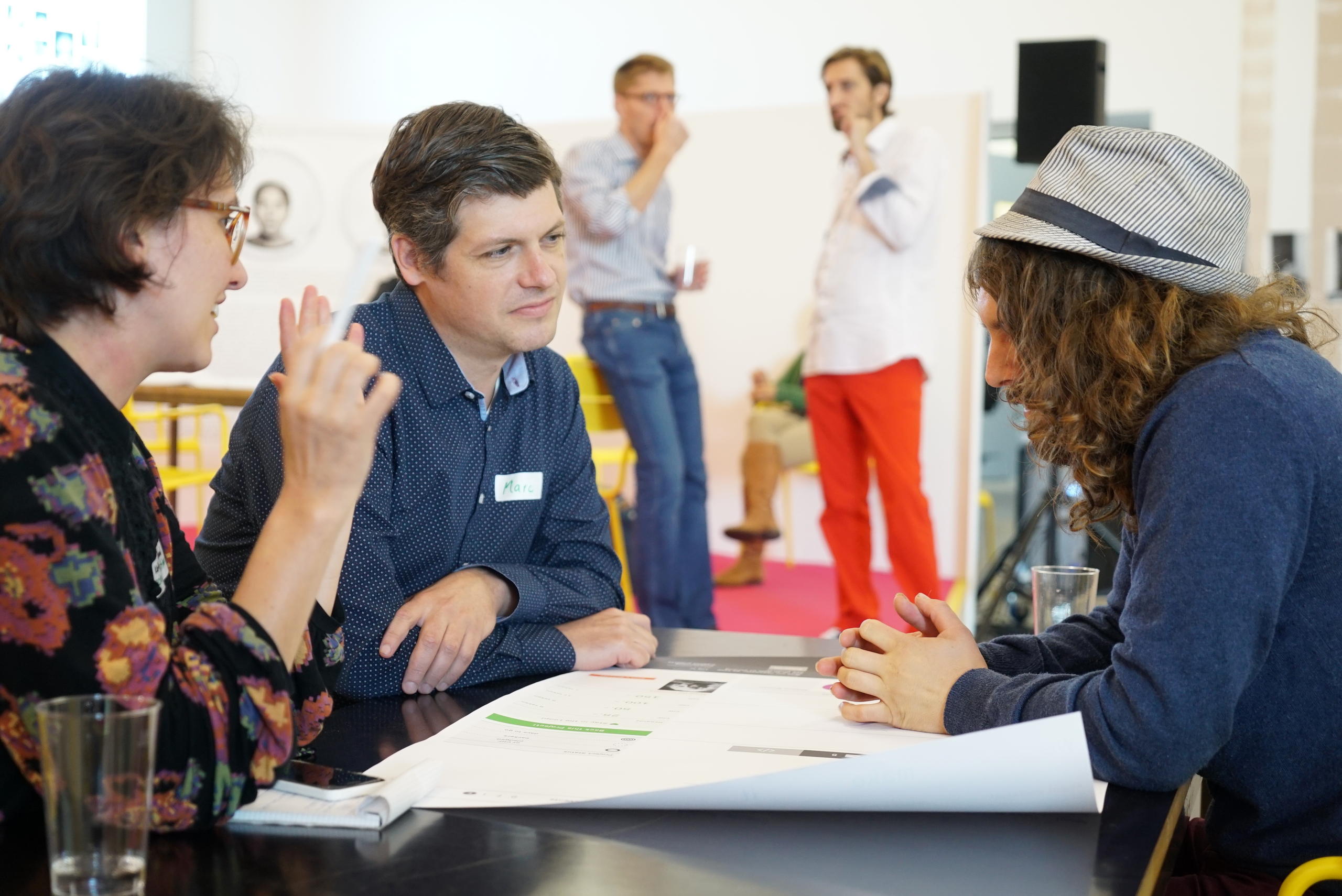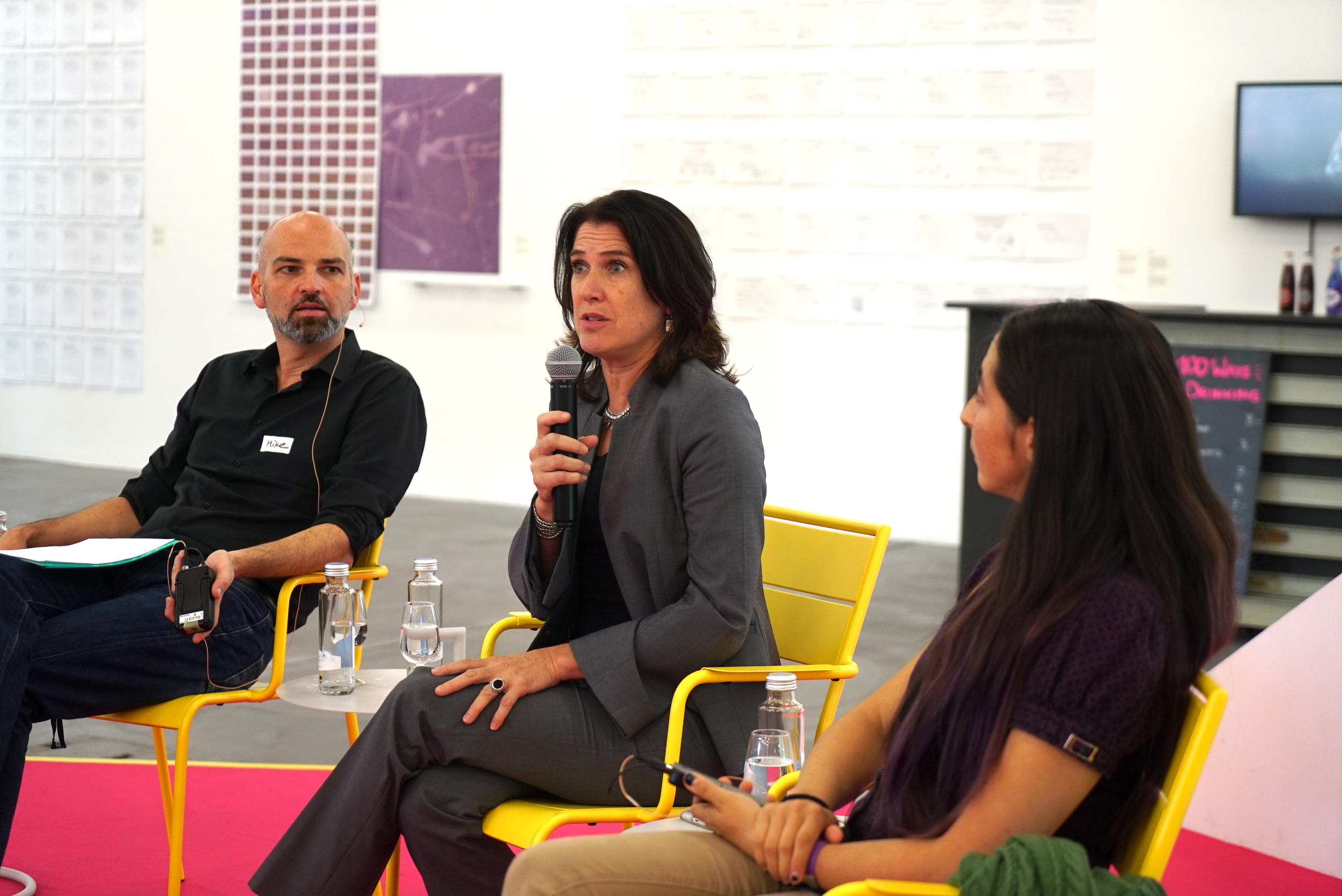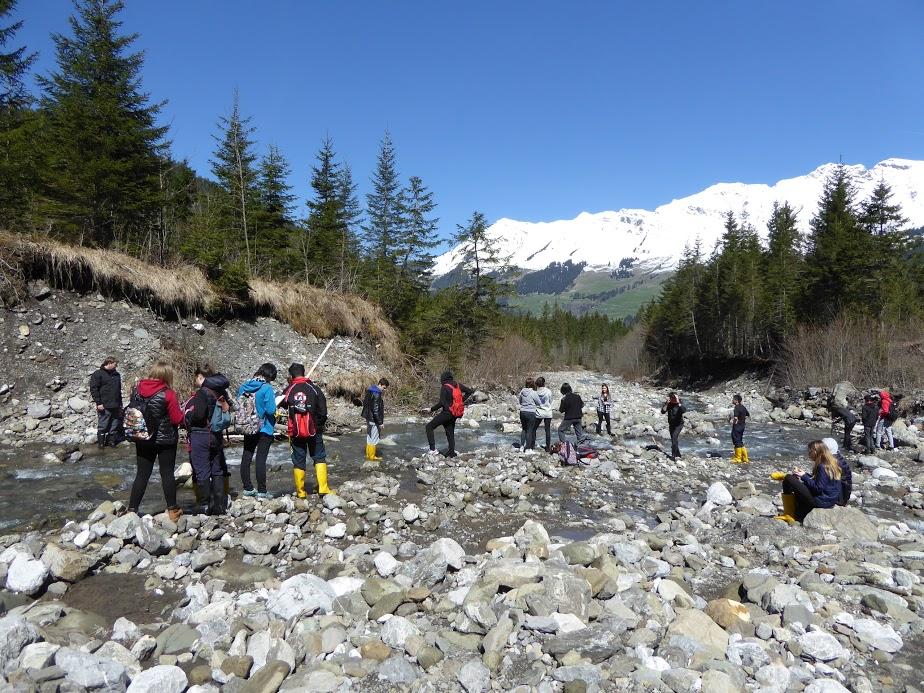Crowdfunding science: ‘An adventure into the unknown’

After almost two years, Switzerland’s first dedicated science crowdfunding platform has seen nearly 80% of projects meet their targets. But for its organisers and participants, success isn’t just measured in Swiss francs.
In January 2017, the Science BoosterExternal link channel was launched on the online crowdfunding platform, wemakeitExternal link. Since then, the channel has hosted 40 science crowdfunding projects, which have collectively raised CHF500,000 ($503,000). Of the 40 projects, 31 met their funding goals – a success rate of 78%.
“That’s a good score; most campaign platforms like Kickstarter have an average success rate of 50-70%,” Science Booster co-founder Luc Henry told swissinfo.ch, adding that campaign organisers can only collect the funds they have raised if they meet their goal.
Henry speculates that the good results may be down in part to the one-on-one advice scientists receive in planning and targeting their campaigns.
“[The campaigns] cover any topic from brain surgery to nature conservation to sociology…that diversity is what we want to celebrate.” – Luc Henry, Science Booster
“A lot of platforms give you a place to build your campaign but don’t necessarily give you feedback or coaching. We spent a lot of our time helping the campaigns build the content and understand how they can use social media to reach out to potential donors.”
On October 12, Henry and Science Booster co-founder Mirko Bischofberger organised the Crowdfunding Science Festival 2018External link in Zurich’s Kunsthalle. The goal of the event – which featured expert talks, workshops for prospective crowdfunders and the launch of new campaigns – was both to celebrate the channel’s success and take a critical look at how this funding model is impacting science in Switzerland.
“I think we’re going to see more and more of [science crowdfunding], because the democratisation of science in general is a trend we’re seeing, and also because young researchers’ outlook on how to tap into the online world is different. I think there is a cultural change happening in the global scientific community,” Dominique Brossard, a professor of Life Sciences Communication at the University of Wisconsin-Madison in the US, told swissinfo.ch. Brossard gave one of the expert talks on trends in online science communication and how they relate to the crowdfunding phenomenon.

Defining – and redefining – success
For Henry, Science Booster’s success is also defined by the diversity of campaigns it hosts.
“They cover any topic from brain surgery to nature conservation to sociology. The people behind the projects are high school students, university professors, freelance science communicators – that diversity is what we want to celebrate,” he says.
For the scientists as well, a successful campaign may reap benefits beyond the initial funding goal. Henry explains that because Switzerland invests a lot in innovation, and because crowdfunding campaigns generally only raise enough money to support a small or partial research project, initiatives like Science Booster aren’t meant to replace traditional sources of research funding, like the Swiss National Science FoundationExternal link.
“Science crowdfunding is not so much about funding; it’s very much about public engagement and communication in science,” he says.
For Dominique Brossard, there are many different ways to define success when it comes to science crowdfunding, because of the opportunities for engagement of scientists with the public, and vice versa. “One goal could be for people to actually see people doing science – to change their perception and show that it’s not just men in white coats,” she says.
Great questions from our audience! e.g. How do academic institutions deal with #crowdfundingExternal link money? Pioneering researchers need to go talk to legal and accounting to figure the legal details so they can run a campaign #CSFest2018External link pic.twitter.com/eLz2uUmDGRExternal link
— ScienceBooster (@ScienceBooster) October 12, 2018External link
When asked to share the advice he’d recommend to prospective science crowdfunders, Henry emphasises the importance of targeting a specific audience or network of potential donors and developing a clear message. But most important, he says, is sharing your personal connection to the project.
That’s a tip that rings true for Isabel Klusman, head of the University of Zurich Zoological Museum, who attended the festival to learn more about launching a crowdfunding campaign to support special exhibitions, like an upcoming event on insect ecology and conservation.
“I think crowdfunding is a way to get people on board who are also in interested in the subject. I want to engage people who are emotionally interested in the subject, and who therefore would like to fund it,” Klusman told swissinfo.ch.
What are the characteristics of successful science #crowdfundingExternal link campaign? Check this study by @mss7676External link and colleagues #CSFest2018External link https://t.co/WUAo5rhCS6External link
— dominique brossard (@brossardd) October 12, 2018External link
Wemakeit is a reward-based crowdfunding platform, meaning that donors receive small non-monetary gifts in return for their support, whether it’s a bottle of wine or a personal tour of a laboratory. But Mirko Bischofberger says the chance to engage in the process of science can be valuable, too.
“When people engage in a science crowdfunding project, they should know they are part of a common adventure into the unknown. This is part of science,” Bischofberger says.
Embracing potential and avoiding pitfalls
As science crowdfunding picks up steam in Switzerland, critics have also raised concerns about the phenomenon, chief among them being the lack of peer review and other benchmarks of scientific rigour that act as gatekeepers for traditional funding methods. What happens if someone wanting to fund an unscientific – or even unethical – project signs up to Science Booster?
Panel discussion at #CSFest2018External link. How does #crowdfundingExternal link in science support projects that may be ignored by traditional or mainstream sources of funding? pic.twitter.com/P8L27ckDAPExternal link
— swissinfo.ch (@swissinfo_en) October 12, 2018External link
“We have had cases where the campaign was not science at all, or a form shaky science that we didn’t believe was not really rooted in rationality. We have the freedom to tell people if their project doesn’t fit in with the scope of Science Booster,” Henry explains. In a worst-case scenario, the channel has an advisory board of academic experts that an offer counsel on borderline cases.
“We just need to be careful. In science in general, it is about being rational, and I think we can do this also with crowdfunding”.
For Bischofberger, the opportunities for scientists to communicate directly with the public about their research is one of crowdfunding’s greatest benefits, but this too comes with risks.
“Crowdfunding, especially as applied to science is a strong exercise in communication, so the big difficulty is to break down your science to make it understandable. If you manage to do it, you reach people. But communicating science can also be oversimplified, and one can even end up communicating things that are wrong – this we want to avoid.”
Science Booster’s organisers hope the channel’s next phase will see campaigns stand on their own sooner by decreasing their reliance on matching funds, which until now have seen up to CHF10,000 awarded to successful campaigns through the support of the Gebert Rüf Foundation.External link For the next two years, campaigns that meet their goals will receive matching funds up to CHF5,000, and Henry foresees possibly phasing out matching altogether within a few years.
“We believe people have understood value of running a crowdfunding campaign to their message out, so we don’t think this initial incentive to get people interested in the concept is necessary anymore,” he says.
Crowdfunding in Switzerland
According to the Lucerne University of Applied SciencesExternal link Swiss crowdfunding platforms – of which there were 43 at the end of April this year – dealt with CHF375 million ($377 million) in 2017. Over the past eight years, more than half a billion francs have been collected via the “swarm-based form of financing”.
Crowdfunding allows many members of the public to contribute small amounts of money, usually online, to a project they care about – whether it’s a social cause, an arts initiative or a small business. The university said in its report that the main driver of growth in recent years has been the crowdfunded financing of small and medium-sized businesses and investments in property, according to the university.

More
The Swiss researchers turning to crowdfunding

In compliance with the JTI standards
More: SWI swissinfo.ch certified by the Journalism Trust Initiative














You can find an overview of ongoing debates with our journalists here . Please join us!
If you want to start a conversation about a topic raised in this article or want to report factual errors, email us at english@swissinfo.ch.